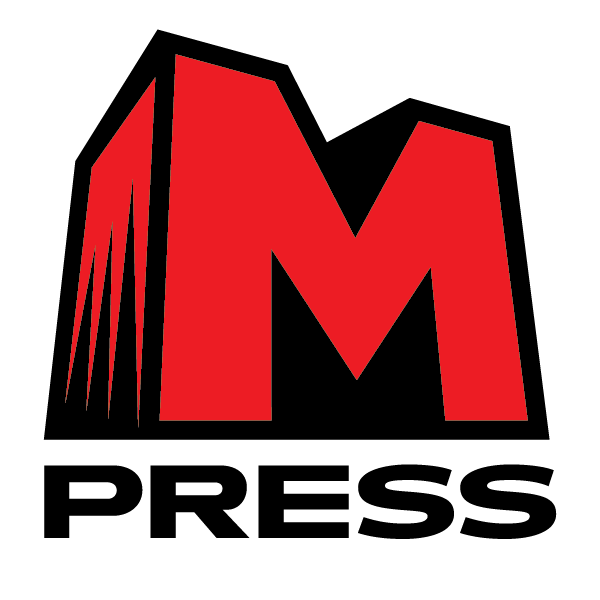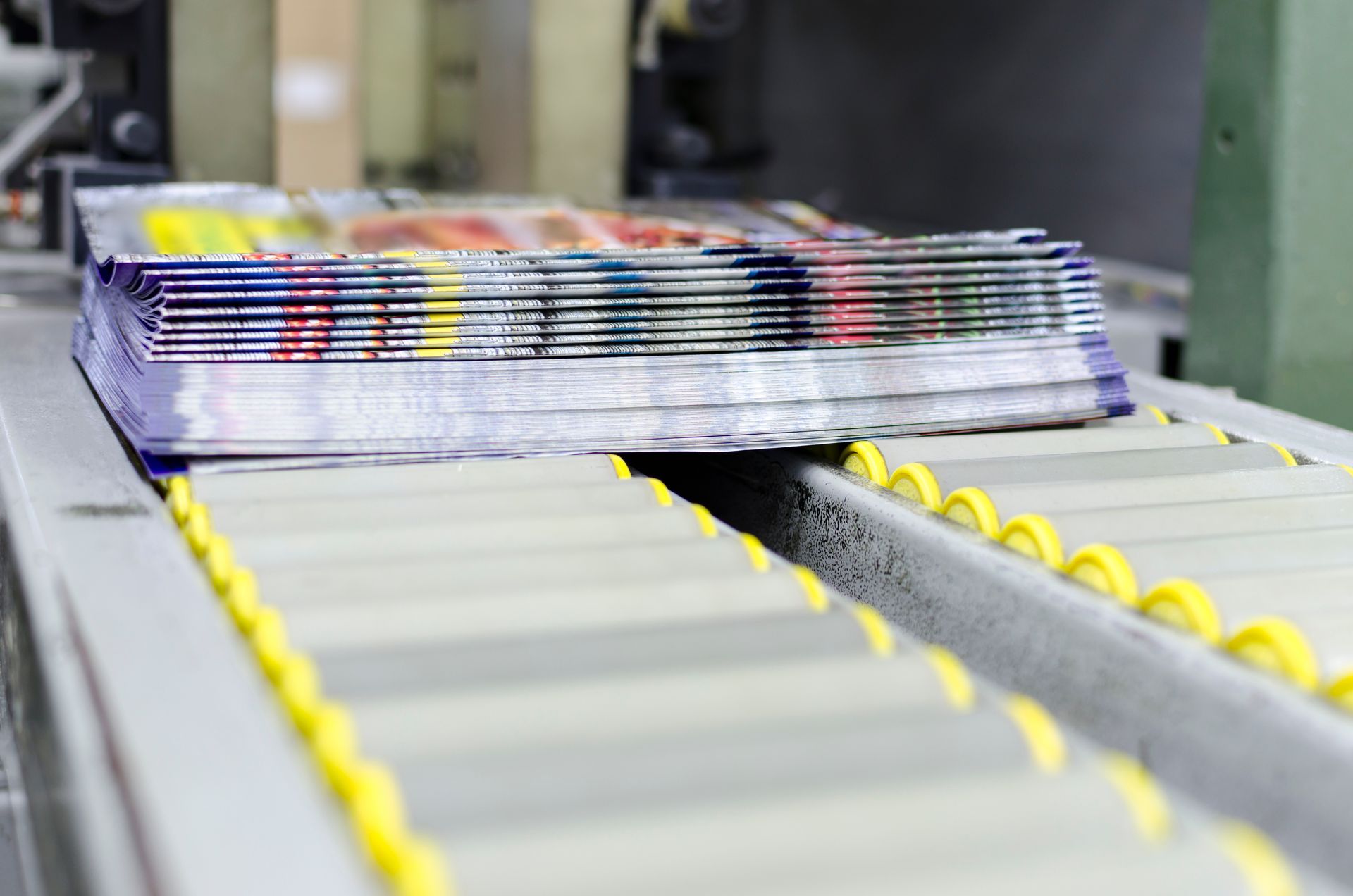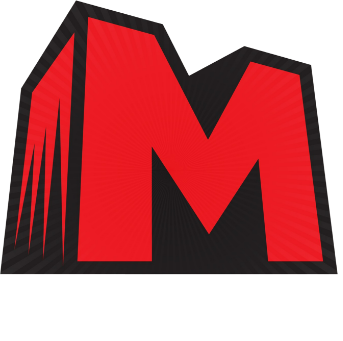Mpress printing
NEWS & BLOG

Terrance Osborne's paintings are more than representations of New Orleans; they reflect the city's vibrant rhythm and spirit. His artistic journey, beginning in modest circumstances and evolving through partnerships with global brands like Nike and Coca-Cola, is a testament to how heritage and community influence an artist's development. Osborne's resilience, particularly through challenges like Hurricane Katrina, has been pivotal in shaping his career and enhancing his creative expression. A Family of Artists Terrance was exposed to art from a young age, drawing inspiration from his mother, brother, and stepfather. His mother, painting daily as a hobby, filled their home with pieces containing pastels of flowers and beach dresses, creating a vibrant backdrop that illuminated the room as sunlight filtered through the window. Watching her pin artwork around the house laid the foundation for Osborne's future in art. Terrance Osborne's Mentorship Under Richard C. Thomas During his high school years at the New Orleans Center for Creative Arts (NOCCA) , Osborne was introduced to Richard C. Thomas's gallery by a friend and quickly became captivated. Finding a mentor in Thomas, Osborne honed his art techniques and deepened his understanding of creative philosophy under his guidance. Their mentorship mirrored the disciplined, transformative relationship between Mr. Miyagi and Daniel in "The Karate Kid," with Thomas teaching Osborne the "wax on, wax off" technique within each brush stroke. Academic and Teaching Contributions of Terrance Osborne After graduating from Xavier University, Osborne returned to teach at Alice Harte Elementary, where he played a crucial role in the Talented Arts Visual (TAV) program. His teaching philosophy, deeply influenced by the mentorship he received during his formative years, focused on nurturing skill development and creative expression. Through the TAV program, Osborne not only imparted valuable lessons but also inspired the next generation of New Orleans artists, transforming his art into a deeply inclusive and communicative force within the community. Art in the Wake of Hurricane Katrina Hurricane Katrina marked a profound turning point for Osborne and his family. After losing their home to the catastrophic flood, Terrance, his wife, and their three children had no choice but to relocate temporarily to Georgia. Amidst this personal and communal upheaval, Osborne found solace in his art, creating pieces for displaced New Orleanians longing for a semblance of home. These works, often depicting pre-Katrina landscapes, not only offered emotional healing but also served as poignant remembrances for a community striving to recover. This period redefined Osborne's artistic journey, turning his creations into vessels of hope and resilience for those touched by the tragedy. Jazz & Heritage Festival Posters by terrance osborne Terrance Osborne's artwork for the New Orleans Jazz & Heritage Festival, especially his renowned 2007 Congo Square poster featuring Phil Frazier of the Rebirth Brass Band, vividly encapsulates the spirit of renewal and the rich musical heritage of the city. The tradition of creating unique posters for the festival began in 1970, quickly establishing itself as a significant cultural symbol, capturing the essence and vibrancy of New Orleans' music scene. Osborne's creation of the 2007 poster is celebrated for its deep connection to the city's recovery and spirit post-Katrina, showcasing local legends and cultural icons in a style that resonates with both locals and collectors worldwide. Today, these posters are among the most collected in the world, valued for their artistic merit and historical significance, continuing to embody the soul and resilience of New Orleans year after year. Terrance Osborne's Collaborations with Global Brands Terrance Osborne's distinctive style not only captures the essence of New Orleans but also has a universal appeal that caught the attention of major global brands like Nike, the NBA, and Coca-Cola. These collaborations have significantly broadened his artistic horizons and brought new dimensions to his work. The partnership with Nike began when the brand was seeking a local artist to create a piece for the grand opening of their New Orleans Factory Store. In their search for someone whose art truly represented the spirit of the city, Nike's team turned to Google. Osborne's website repeatedly appeared in their searches, compelling them to revisit it multiple times. The vivid colors and bold expressions in Osborne's artwork set the standard for what Nike was looking for, leading them to reach out to him directly. This initial interaction sparked a partnership that not only promoted the store opening but also celebrated New Orleans' vibrant culture through Osborne's art. Similarly, collaborations with the NBA and Coca-Cola emerged from these companies, recognizing how well Osborne's art resonated with broader audiences. Each brand brought its own narrative and objectives to the collaboration, allowing Osborne to infuse his work with diverse themes and reach an even wider audience. These partnerships have enabled him to explore new creative territories, enhancing his visibility and influence in the art world while staying true to his roots and personal style. A key partnership was with Coca-Cola for their "Mardi Barq's" campaign, which celebrated the Barq's Root Beer brand in alignment with the Mardi Gras festivities. For this initiative, Osborne created a series of vibrant artworks that vividly captured the spirit of Mardi Gras and reflected the culture and heritage of Barq's Root Beer. The artwork, featuring eight-foot wood panels depicting colorful Mardi Gras celebrations, was displayed at retail locations across the Gulf Coast. Osborne personally attended these venues to sign prints of the original artwork, which drew large crowds and generated significant buzz. The success of the "Mardi Barq's" campaign provided Osborne with the necessary support and recognition to open his art gallery, which served as a linchpin for expanding his footprint within the NOLA community and beyond. Terrance Osborne Gallery on Magazine Street Opened in 2017 along the lively Magazine Street in New Orleans, the Terrance Osborne Gallery redefines the traditional art space into a multi-sensory experience, which Osborne likes to call the "Willy Wonka" of art studios. With the first step inside the studio, you're welcomed by the lively scent of lavender, setting a warm, inviting atmosphere. Before your second foot touches the floor, your eyes are captivated by Osborne's vivid paintings that narrate the rich stories of New Orleans life and culture, each piece thoughtfully illuminated by strategically placed lighting. At the heart of the gallery, an oversized beanbag on a bright red plush rug begs for you to relax and enjoy the surroundings. Background jazz and blues tunes permeate throughout the space, deepening the cultural immersion. The gallery also features interactive elements, such as tactile installations where visitors can explore the materials and tools used in his artistry. Additionally, the gallery occasionally hosts live music and local cuisine tastings, creating a holistic experience that celebrates the rich tapestry of New Orleans through its art, music, and flavors. This immersive approach transforms the gallery into a dynamic cultural hub, reflecting Osborne's passion for community and creativity and inviting visitors to experience New Orleans art in a profoundly engaging way. The Influence of New Orleans on Terrance Osborne Terrance Osborne's art vividly celebrates New Orleans, a city brimming with inspiration—from the eclectic fashion of its people to the colorful, flavorful cuisine. He captures the architecture, spirit, and vibrant cultures that define the city. Osborne notes the connection between the city's visual and cultural expressions, observing how the boldness of someone's attire often hints at the unique decor of their homes. For Osborne, New Orleans is an essential character in his artwork, with its streets serving as galleries and its residents as living art. "Everything in New Orleans is a source of inspiration," Osborne explains. "From the way people dress, which reveals bursts of color and patterns, to our vibrant, flavorful cuisine—it's all a feast for the senses and a natural stimulus for my art." Reflecting on the city's impact on his creativity, Osborne candidly remarks, "As an artist, if New Orleans does not inspire you, you must be half dead." This statement encapsulates his view of New Orleans as an endless fountain of inspiration, where every aspect of life is vibrant and demands artistic expression. Through his paintings, Osborne aims to convey the essence of the city—its resilience, vibrancy, and colorful future—with each stroke preserving its history and celebrating its cultural richness. His work invites viewers to experience New Orleans through his eyes, offering an immersive encounter with the city's soul. Terrance Osborne's Partnership with MPress Printing Osborne's collaboration with MPress Printing has been instrumental in bringing his vibrant canvases to a broader audience. Valuing their flexibility and support, Osborne trusts MPress to effectively translate his artistic vision into print . This trust took time to happen, as Osborne used other printers in New Orleans simultaneously before moving his work to MPress. Osborne stated, "After working with MPress for a while, I realized they could provide me with everything I needed to bring my art to life." Osborne felt that many printers would restrict and confine his ideas, while MPress gave him the freedom to expand his vision. One notable instance that solidified his relationship with MPress involved a uniquely New Orleans-themed piece Osborne created, which featured a house stacked on a VW—don't ask, it's a New Orleans thing, y'all. After MPress printed these pieces, Osborne took several from the batch, signed them, and distributed them to the MPress employees , who helped realize his vision. Several weeks later, during a visit to MPress, Osborne noticed that the employees had hung the artwork on their walls, right next to their family photos. This gesture deeply moved Osborne and affirmed that he made the right choice to move all of his work to MPress. This collaboration with MPress Printing extends beyond typical business interactions. It represents a mutual journey of artistic celebration and community engagement, ensuring that each print contributes to preserving and sharing New Orleans' unique cultural heritage.



